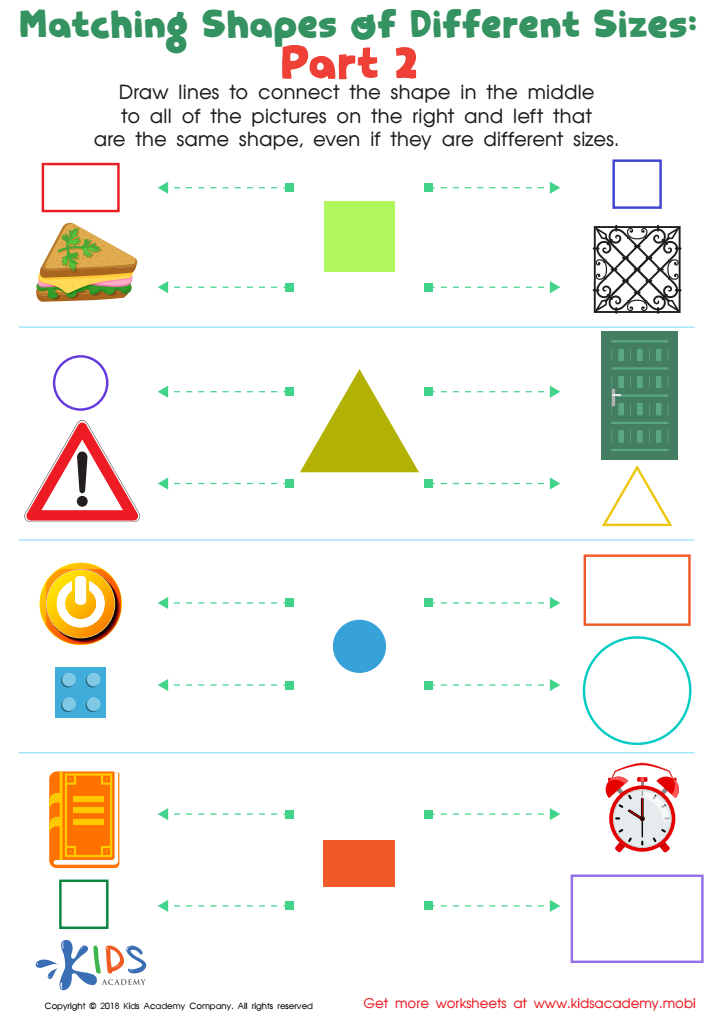Improving drawing skills Math Worksheets for Ages 3-8
3 filtered results
-
From - To
Enhance your child's math and artistic abilities with our "Improving Drawing Skills Math Worksheets for Ages 3-8." Designed to transform learning into a fun and interactive experience, these worksheets blend essential math foundations with creative drawing exercises. Each activity allows young learners to develop fine motor skills while engaging in math concepts such as counting, shapes, and patterns. By combining art and math, these worksheets make mastering new skills enjoyable and effective, setting children on a path to academic success. Perfect for home or classroom use, our resources foster a love for learning and a creative expression in every child.


Make Quadrilaterals Worksheet


Geometry: Part 2 Worksheet
Fostering drawing skills and a solid math foundation in children aged 3-8 is paramount for their holistic development. Drawing is not only a form of creative expression but also a fundamental medium for cognitive development. Through drawing, children refine their fine motor skills, enhance hand-eye coordination, and cultivate their ability to visualize concepts. These skills are crucial as they form the bedrock for writing and spatial awareness, both of which directly impact academic performance.
Equally important is early math education, which introduces basic numerical concepts, patterns, and problem-solving techniques. Engaging children in math at a young age nurtures logical thinking and analytical skills. Math activities, such as counting objects, recognizing shapes, and understanding measures, provide practical experiences that relate to the real world, fostering curiosity and confidence.
When combined, drawing and math can create a rich, interdisciplinary learning environment. Activities like drawing geometric shapes, counting and illustrating objects, or creating simple graphs can make math less abstract and more hands-on and approachable. This dual focus not only enhances academic performance but also equips children with a balanced skill set that is invaluable for future learning and everyday life. Hence, investing effort in these areas can cultivate well-rounded, intellectually curious children who are capable of thinking creatively and analytically.
 Assign to My Students
Assign to My Students

















